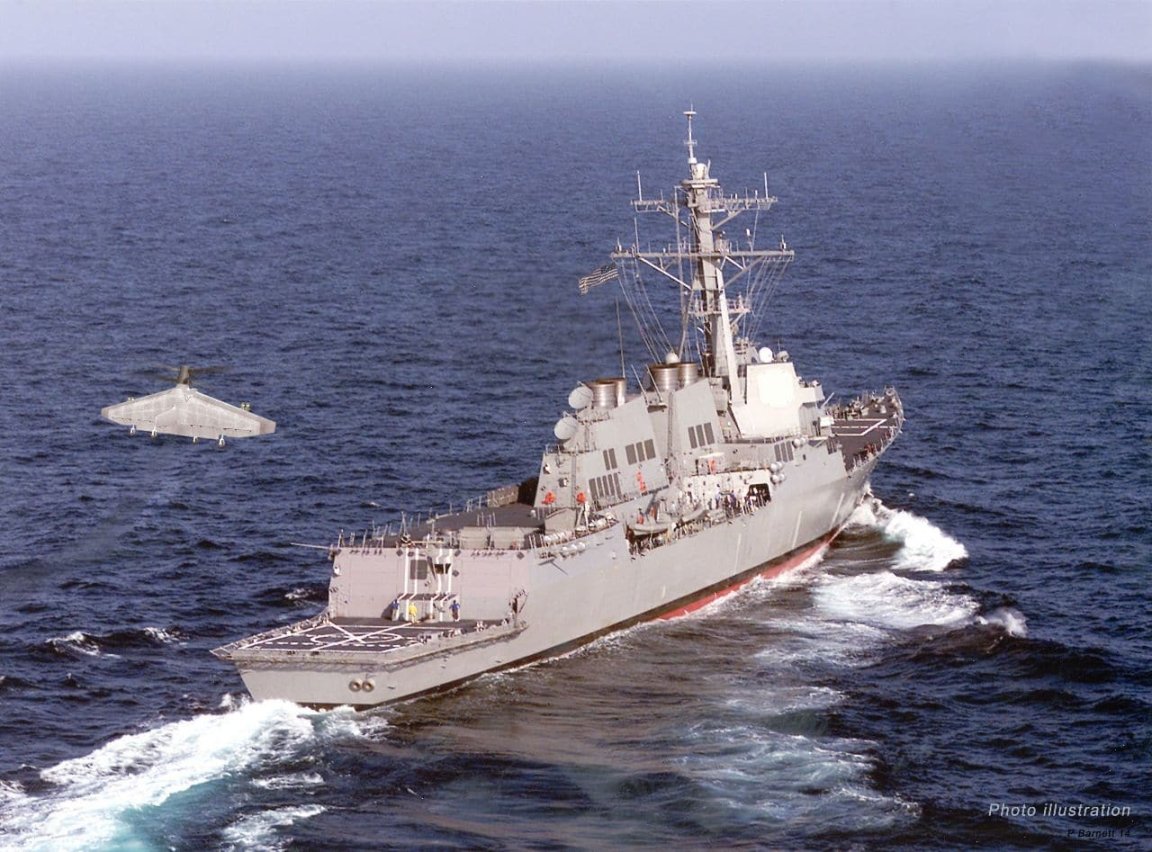
The United States Navy has been developing unmanned systems for quite some time now. It’s already released several drone designs, including submarine-launched drones and drones ready for active warfare. Now, the Navy is hoping to add a new drone to its arsenal.
Global security company Northrop Grumman has passed two key milestones in the development of its Tactically Exploited Reconnaissance Node (Tern) unmanned aerial vehicle (UAV) for the Navy, so it is on track for at-sea trial by 2018. The Tern program is a collaboration between the Defense Advanced Research Projects Agency (DARPA) and the U.S. Office of Naval Research.

The goal is to create a tail-sitting flying wing that can take off and land vertically, perfect for use on small decks like those found on destroyers or smaller carriers. During a flight operation, the drone would take off vertically from a tail-sitting position. It would then turn its body to begin horizontal flight, after which it would become vertical again for landing.
The drone has an expected range of 1,111 km (690 mi) and will be able to carry 454 kg (1,000 lb). It is designed to support the Navy in intelligence, surveillance, and reconnaissance missions, as well as small targeting and strike missions. Northrop is expected to create detailed aircraft designs, build two demonstrator aircraft, and conduct land and sea-based testing by the end of its current testing phase.